First, like many other here, I love nixie tubes!
So this project is a simple board to control two IN-1 tubes with a cheap ATmega8.
The idea to reduce cost to minimum is to use one transistor per numeral to avoid using expansive high voltage drivers.
I wanted to avoid temporal multiplexing, to prevent any flickering.
I was inspired by a similar project here https://github.com/dekuNukem/exixe reviewed on HAD here https://hackaday.com/2017/12/08/driver-board-makes-nixie-projects-easier-than-ever/
I first wanted to adapt this project to IN-1 by rerouting the board, but I realized that the part count was not negligible, it was using one micro per tube, and a quite expensive one.
So finally I came out with this solution using only one ATmega8 for 2 tubes.
To reduce the number of pins used to control the tubes, I used a clever idea from here:
https://web.jfet.org/nixie-1/NixieTransistors.pdf
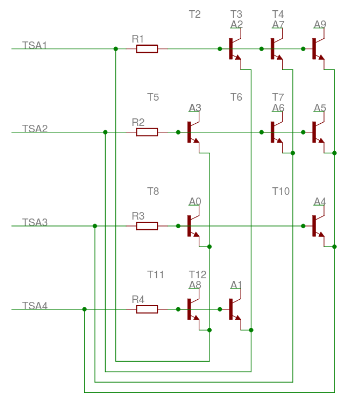
Basically the idea is to use the fact that only one cathode of the tube is active at the same time. Arranging the transistors in a grid, we can reduce the pin used to drive a tube to only 4.
To command a single transistor, we set the output of pin corresponding to his base to level high, the output corresponding to his Emeter to low level and the remaining two pins are lefted in high impedance (configured as inputs).
This saves 6 base resistors and 6 GPIO !
I also wanted to send command to the boards with minimal interface. I choose UART, but in a sort of daisy-chain way so that we can control a lot of boards with just one TX pin.
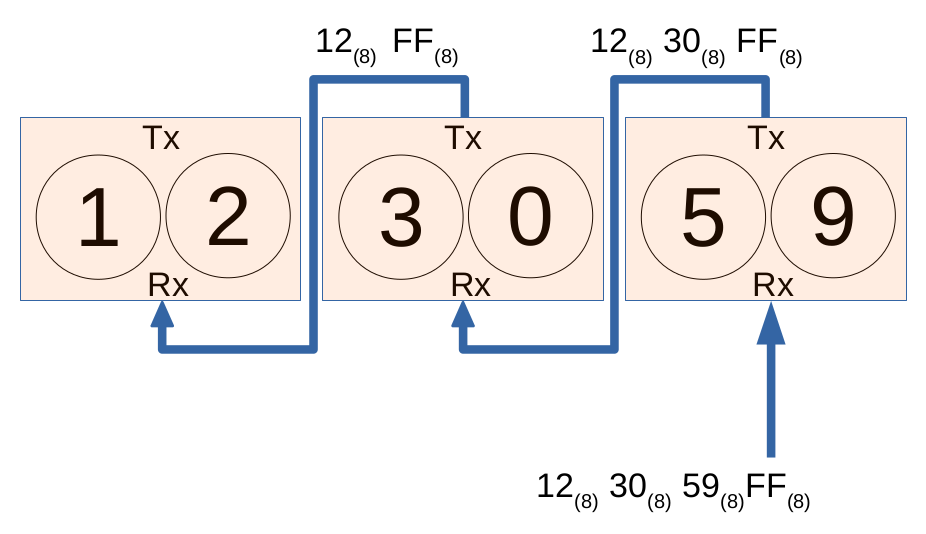
If I take the example of a clock (yeah, let's inovate) with 6 digits, to display 12h30m59m the master simply sends '0x12 0x30 0x59 0xff' to RX pin of the first board.
The fist boards transmits 0x12 0x30 0xff to the second one and displays '59'
The second transmits 0x12 0xff to the third one and displays '30'
The last one transmits nothing and displays '12'
In this case, a perfect Master could be a ESP8266 to read time from internet and configure the clock settings from a local webpage !
The final key component would be a high voltage DC converter to power up the tubes and this is easy to find on Ebay for few dollars.
 Thomas Flayols
Thomas Flayols
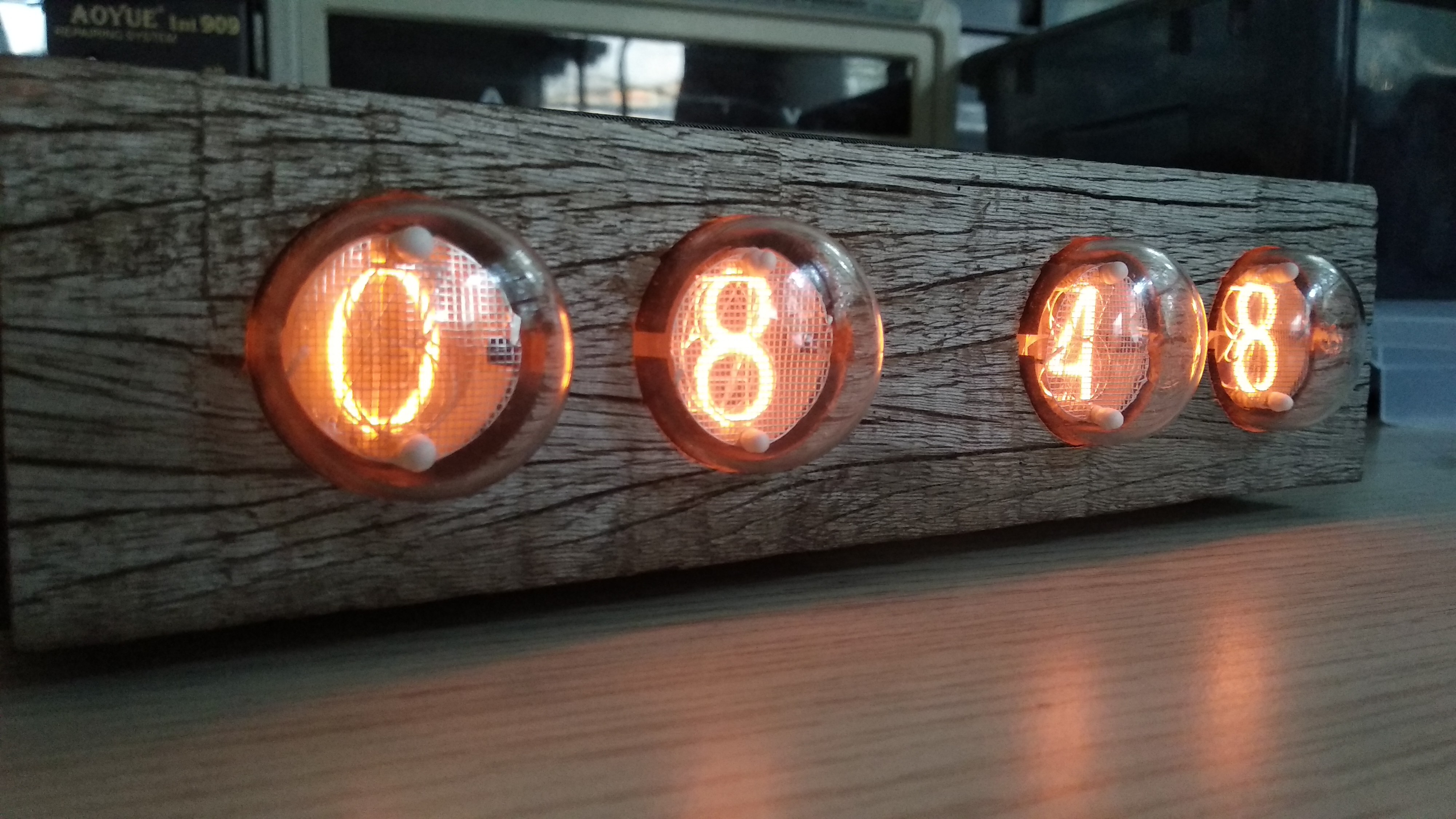
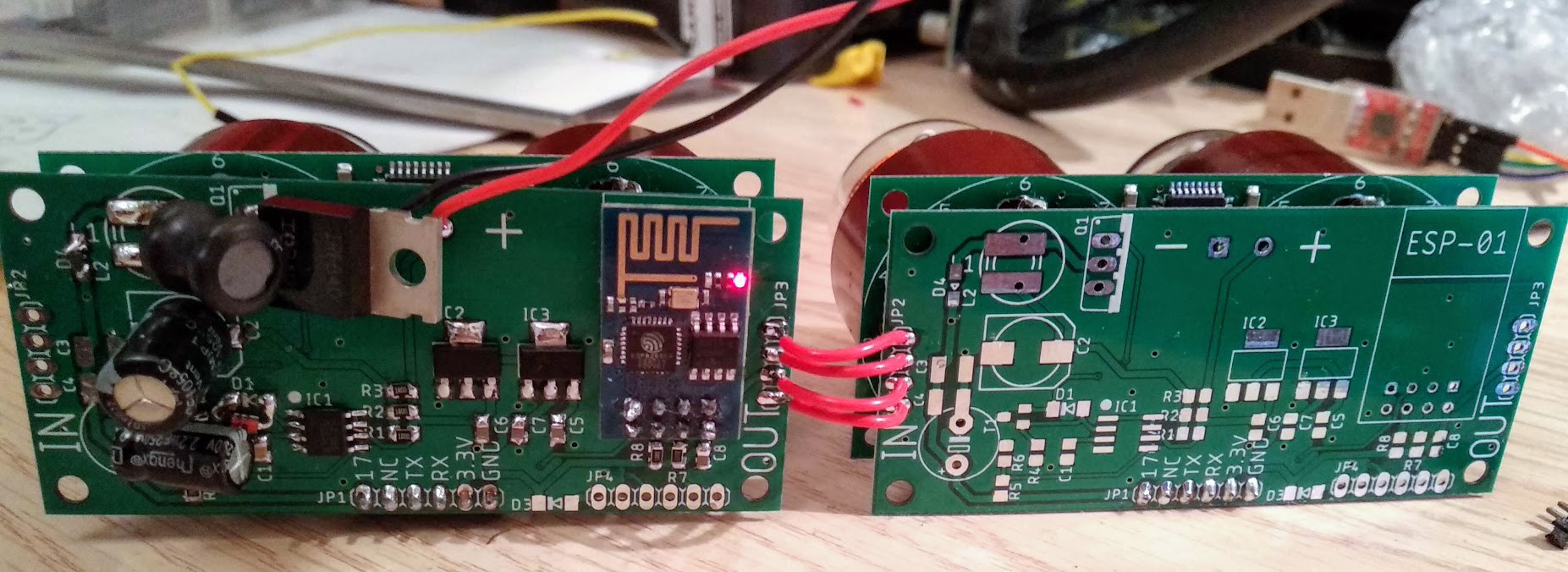
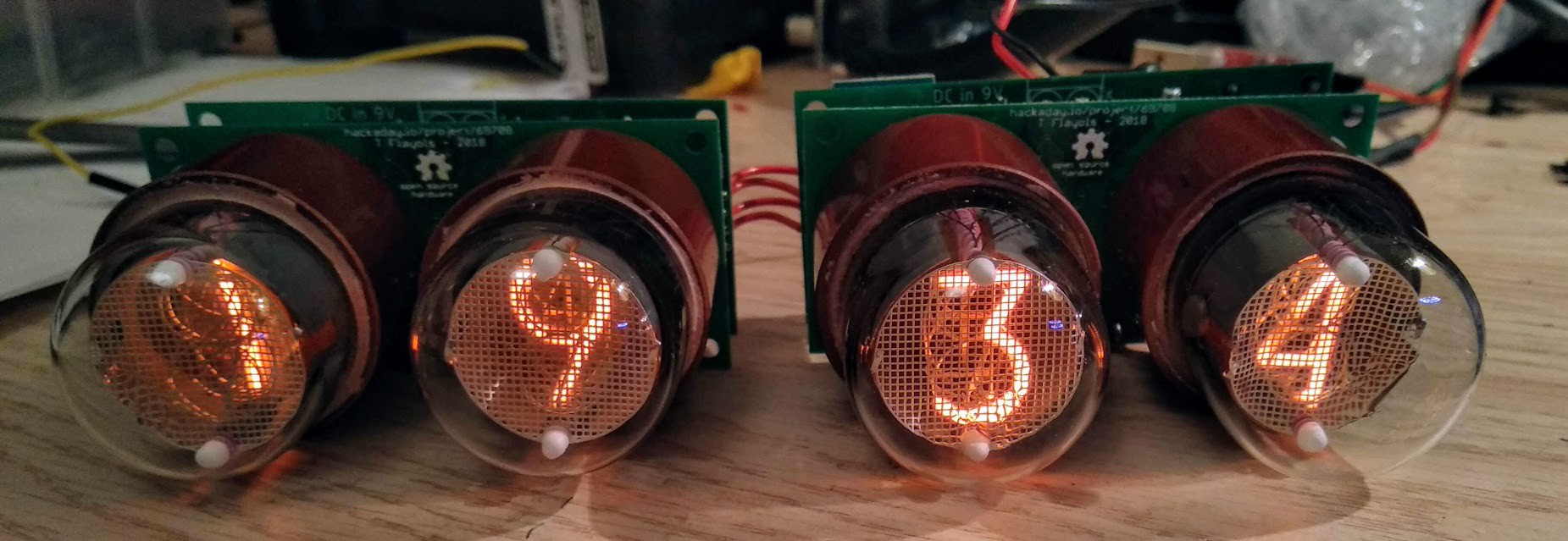
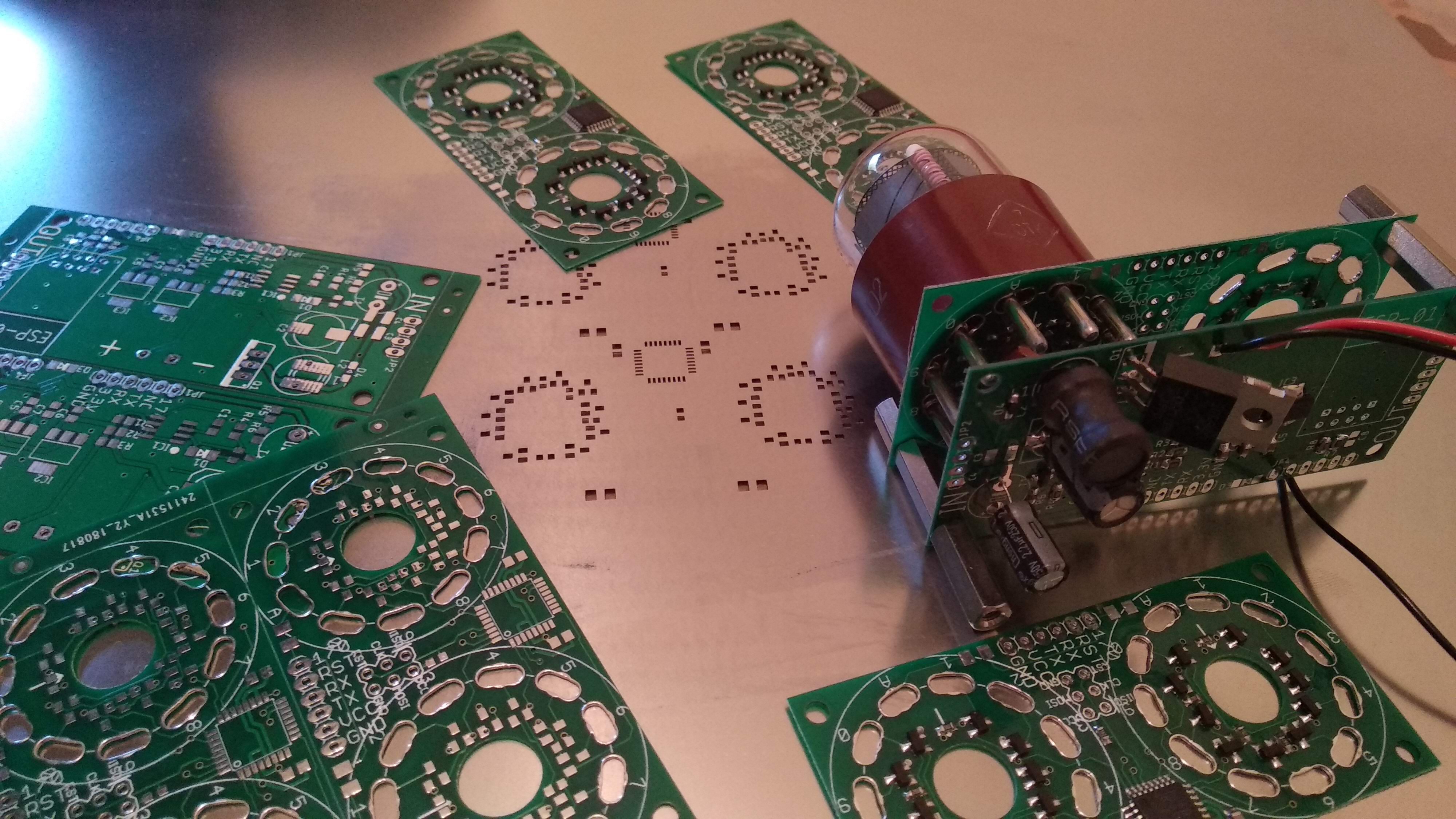
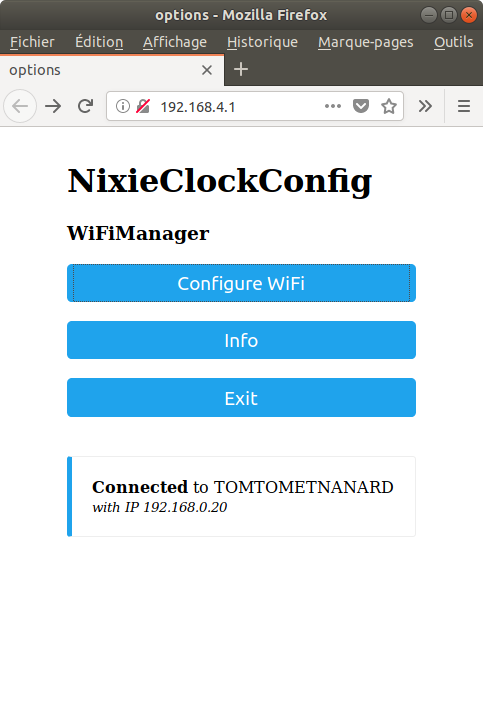
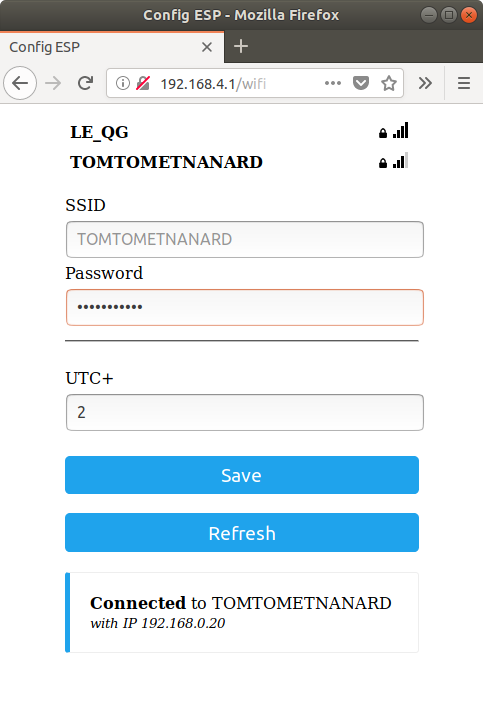
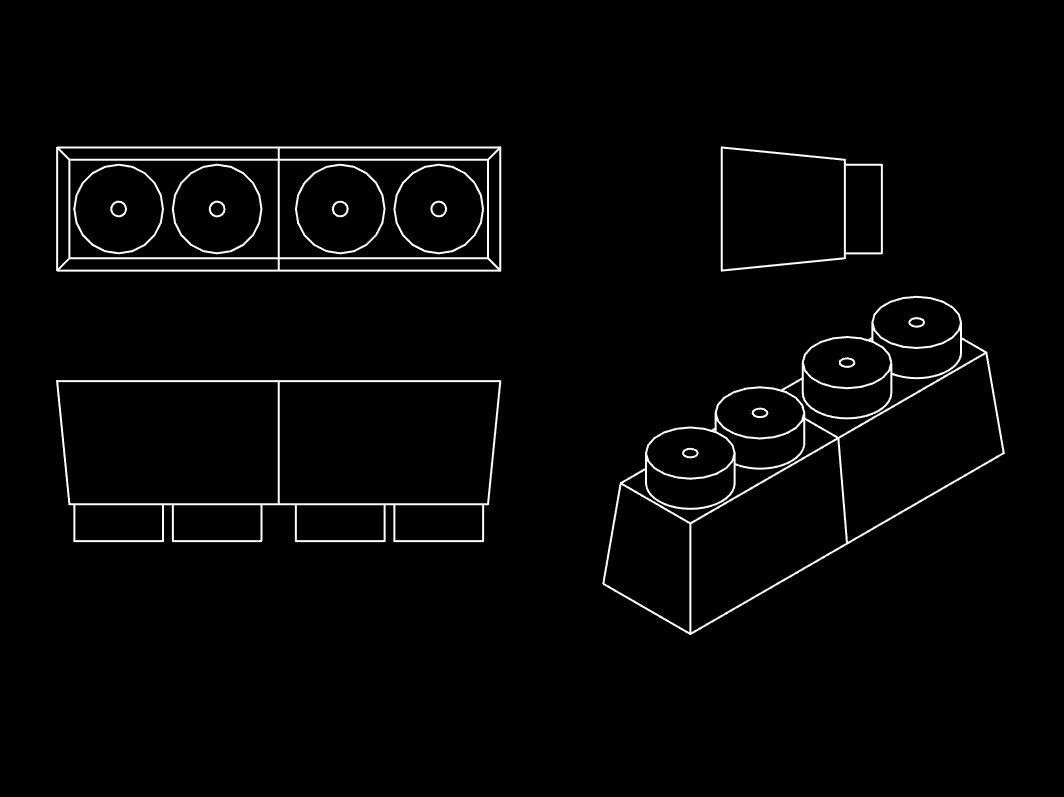
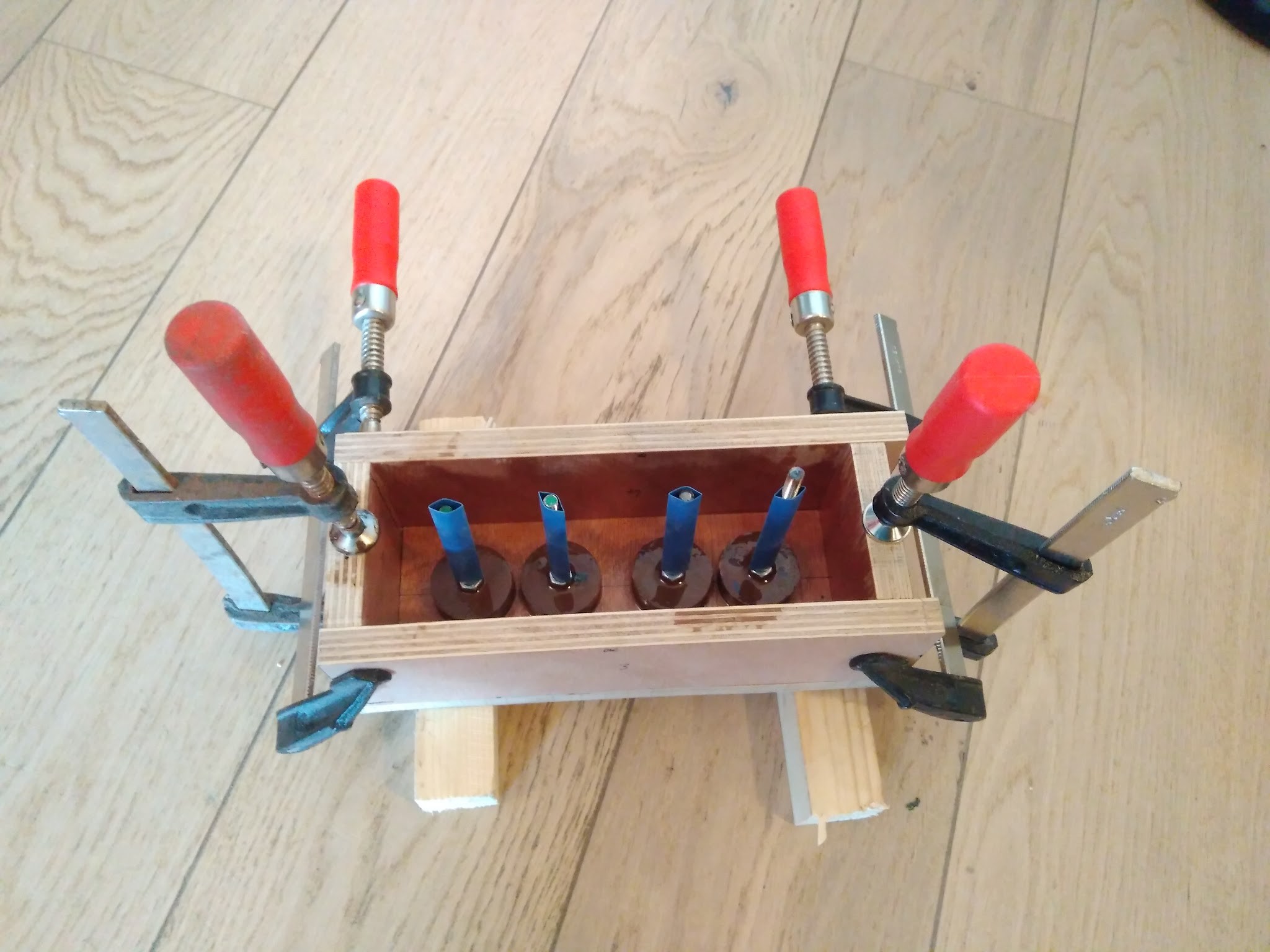
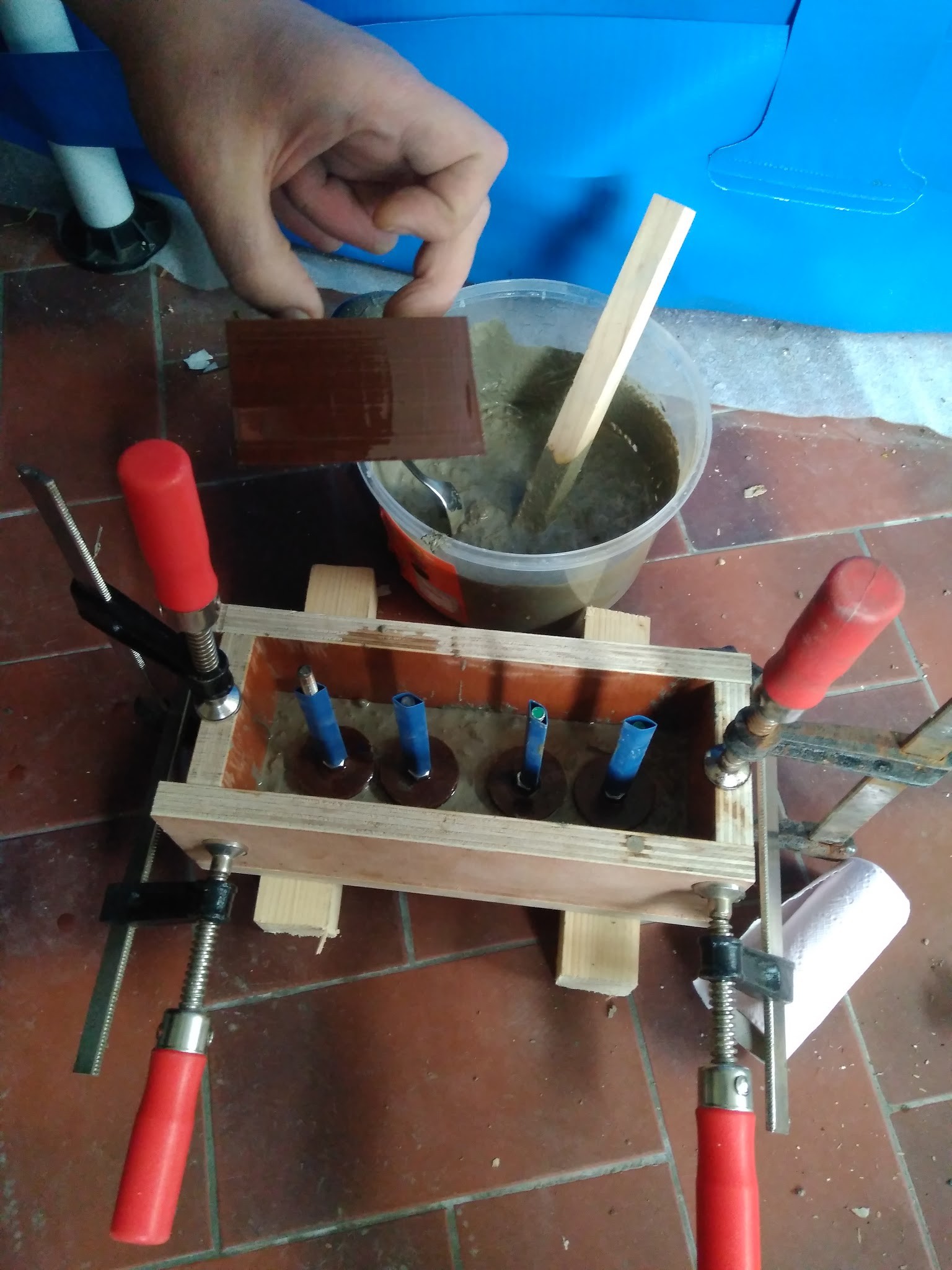
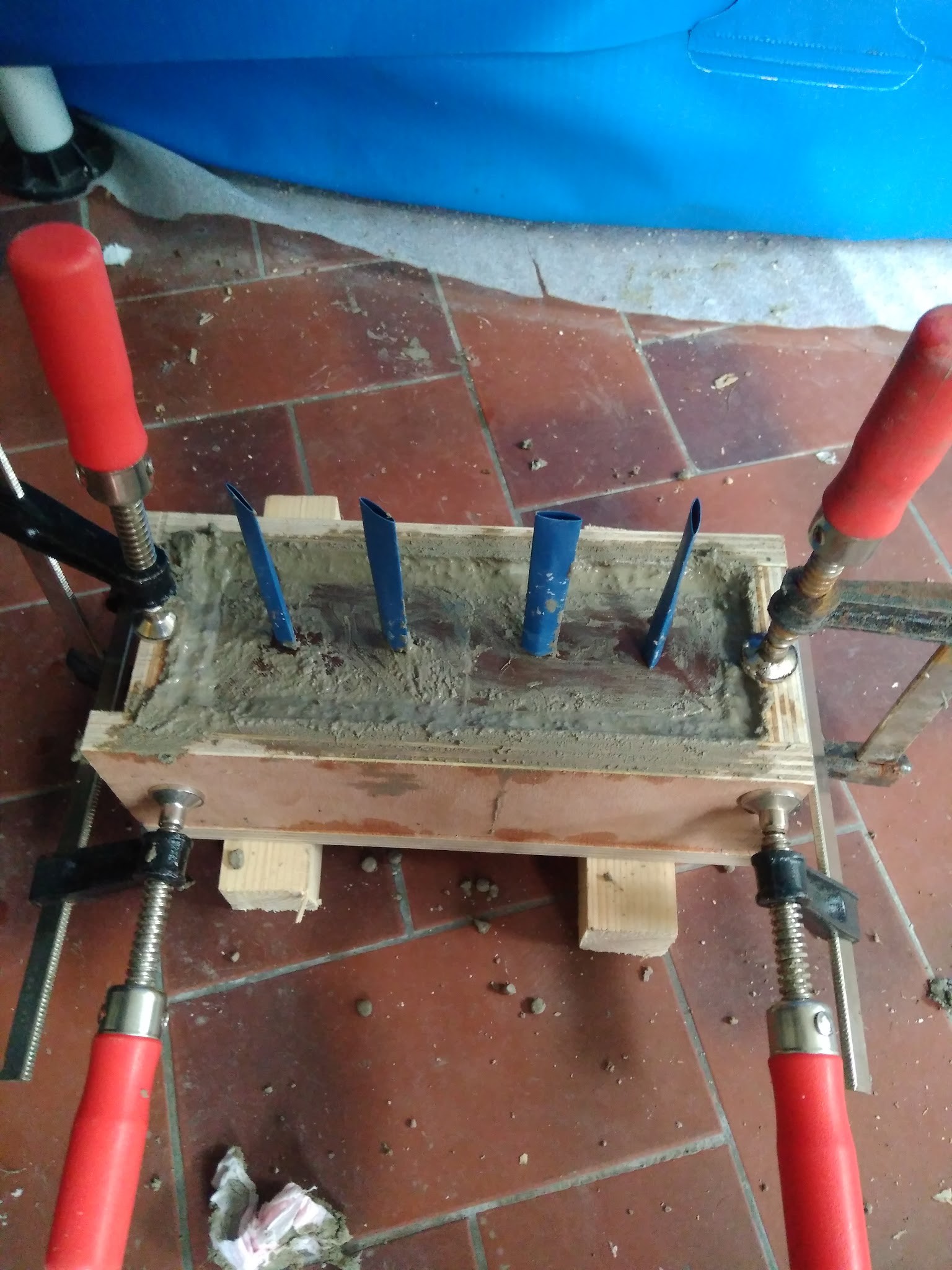
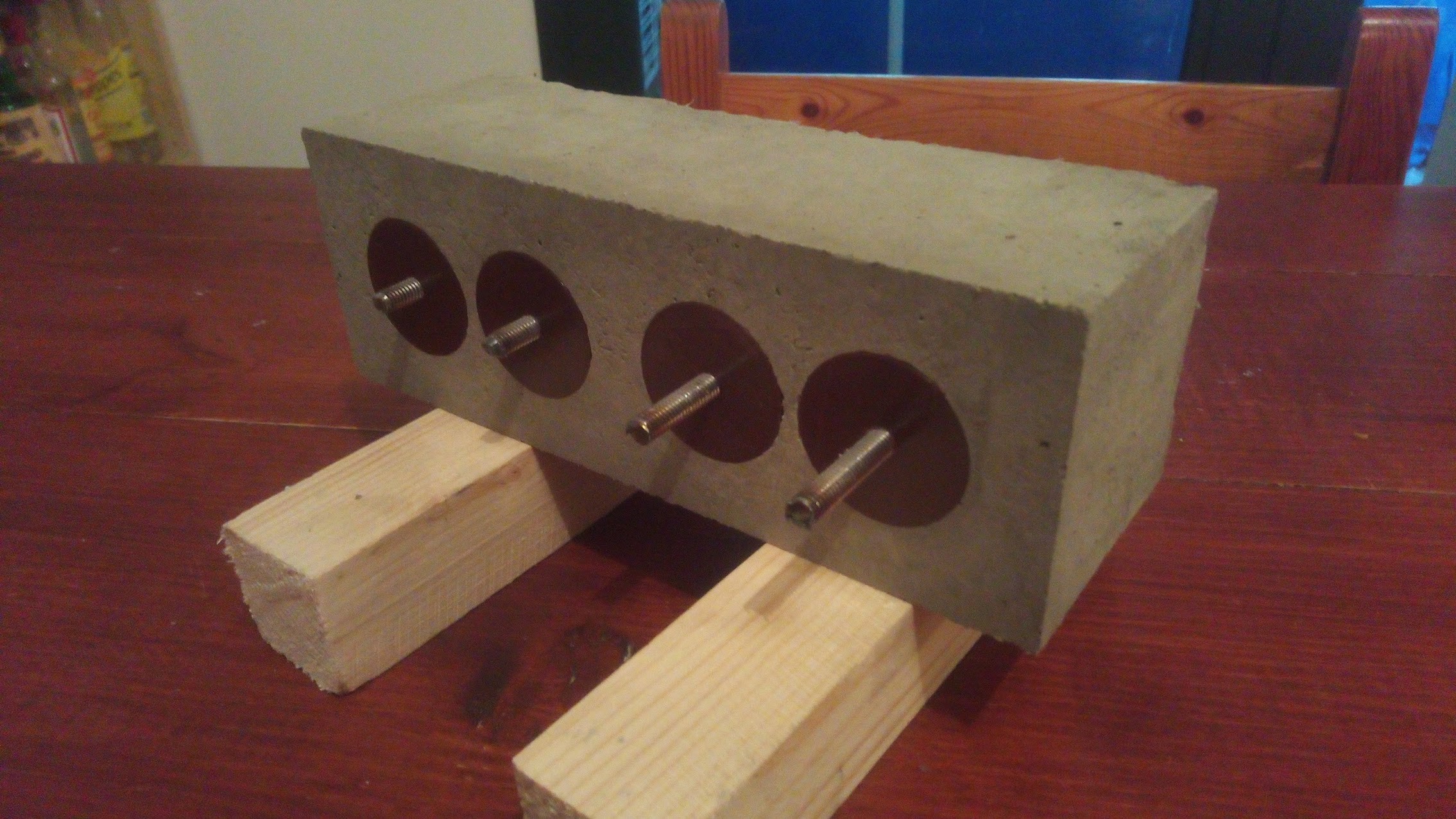
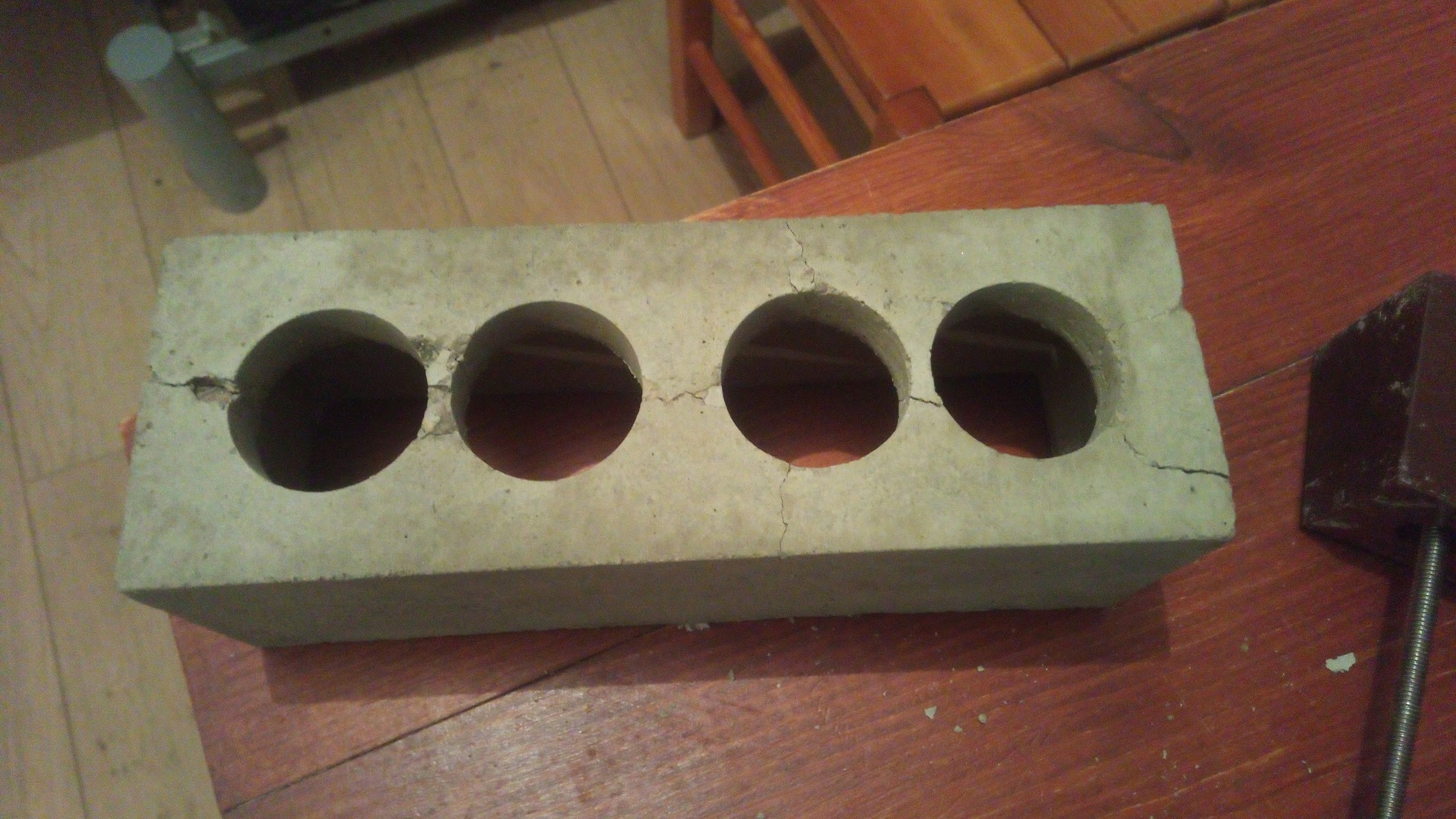
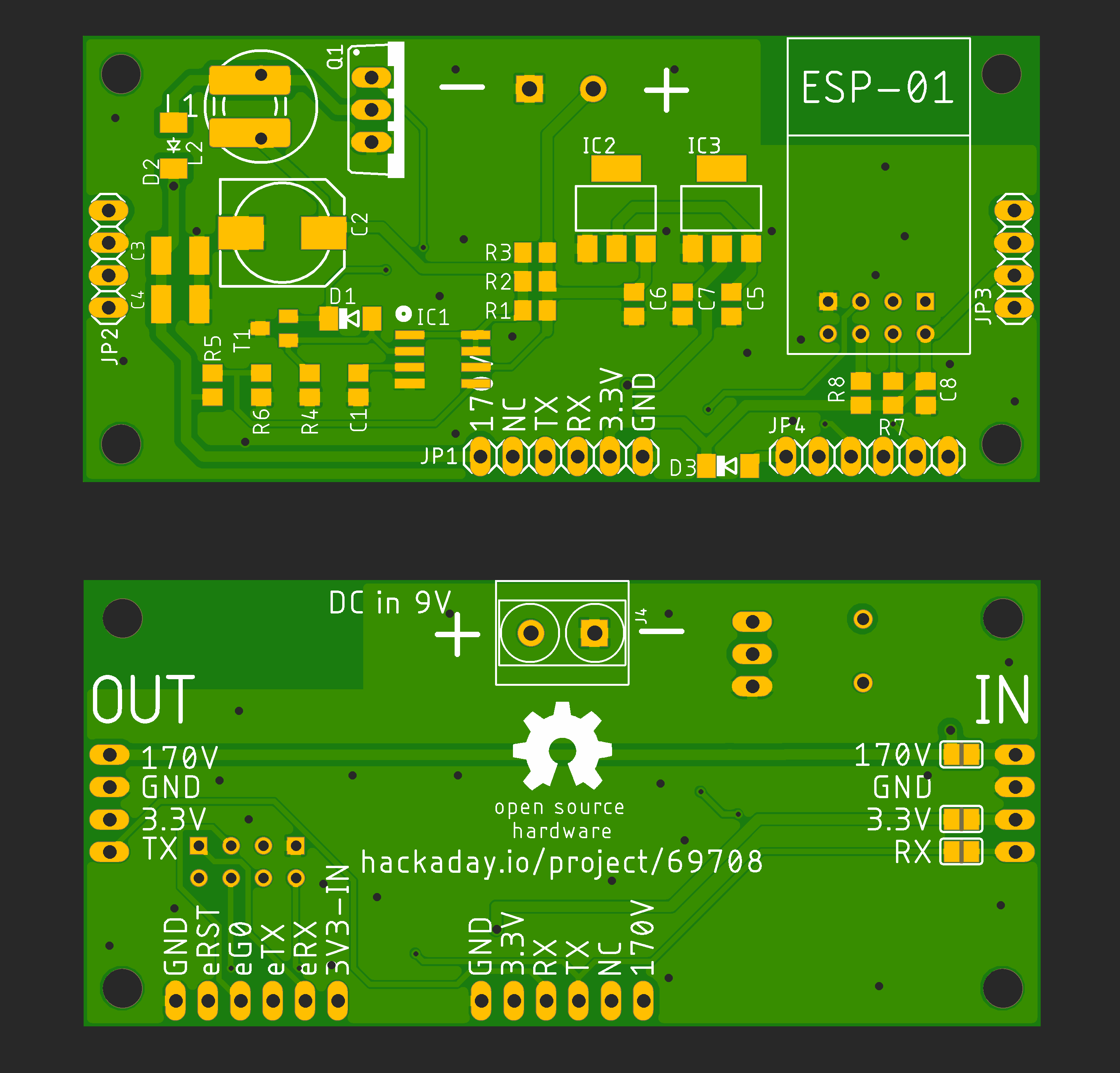


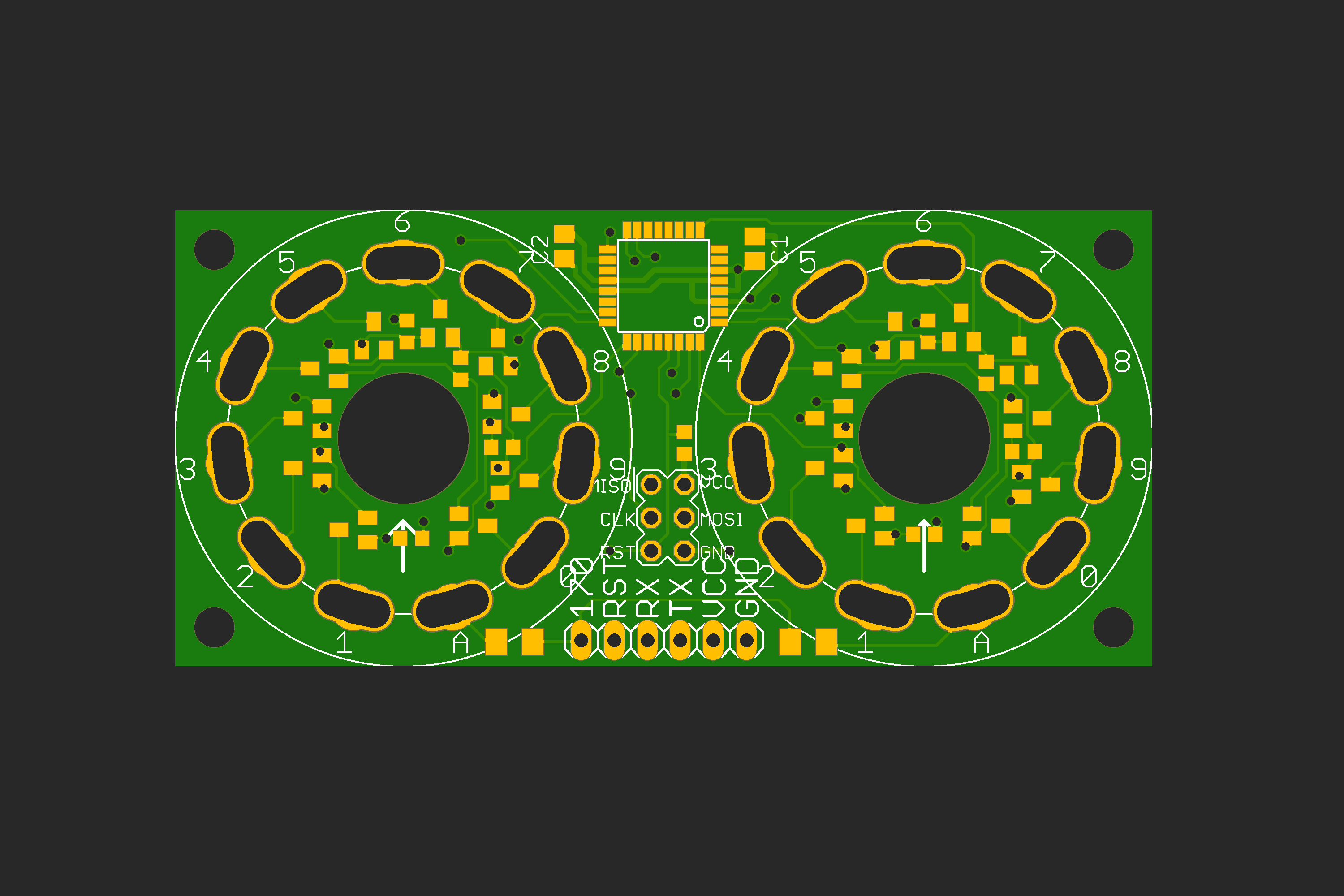
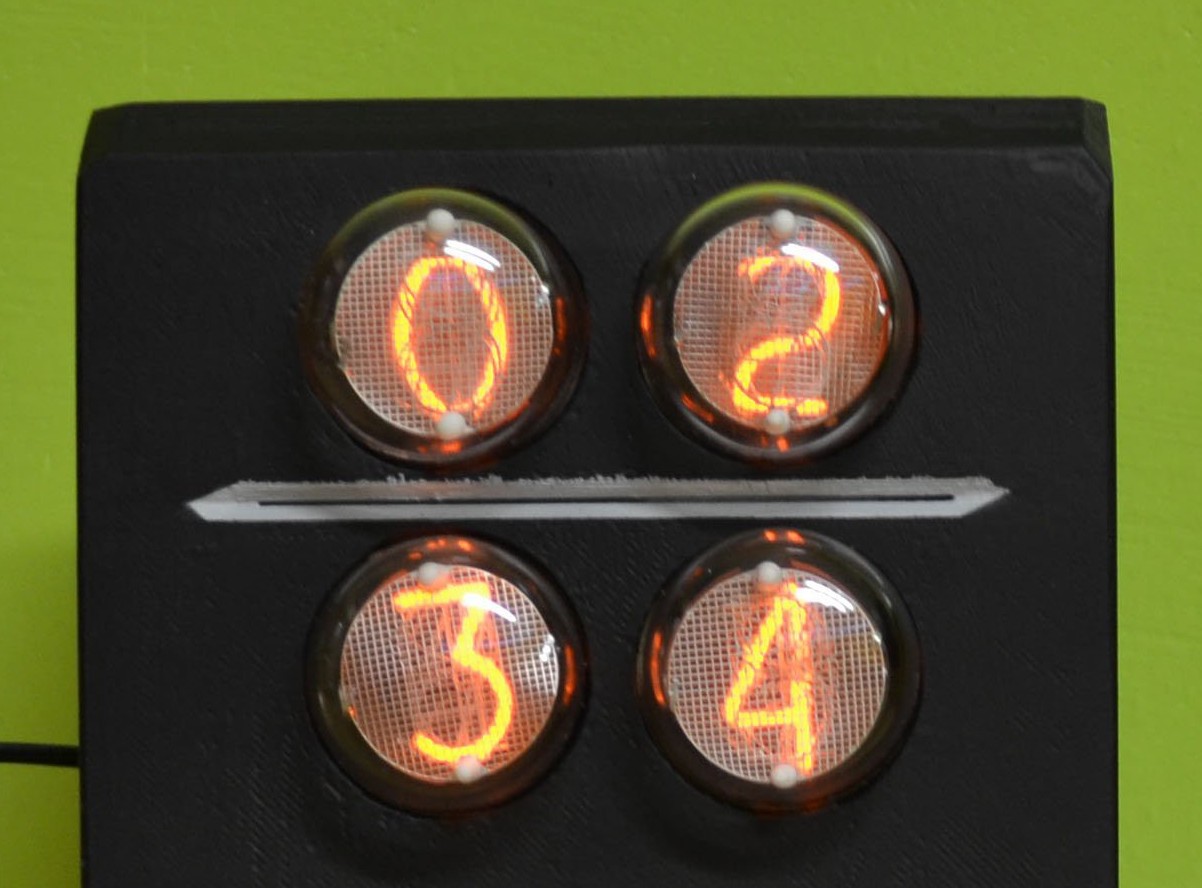
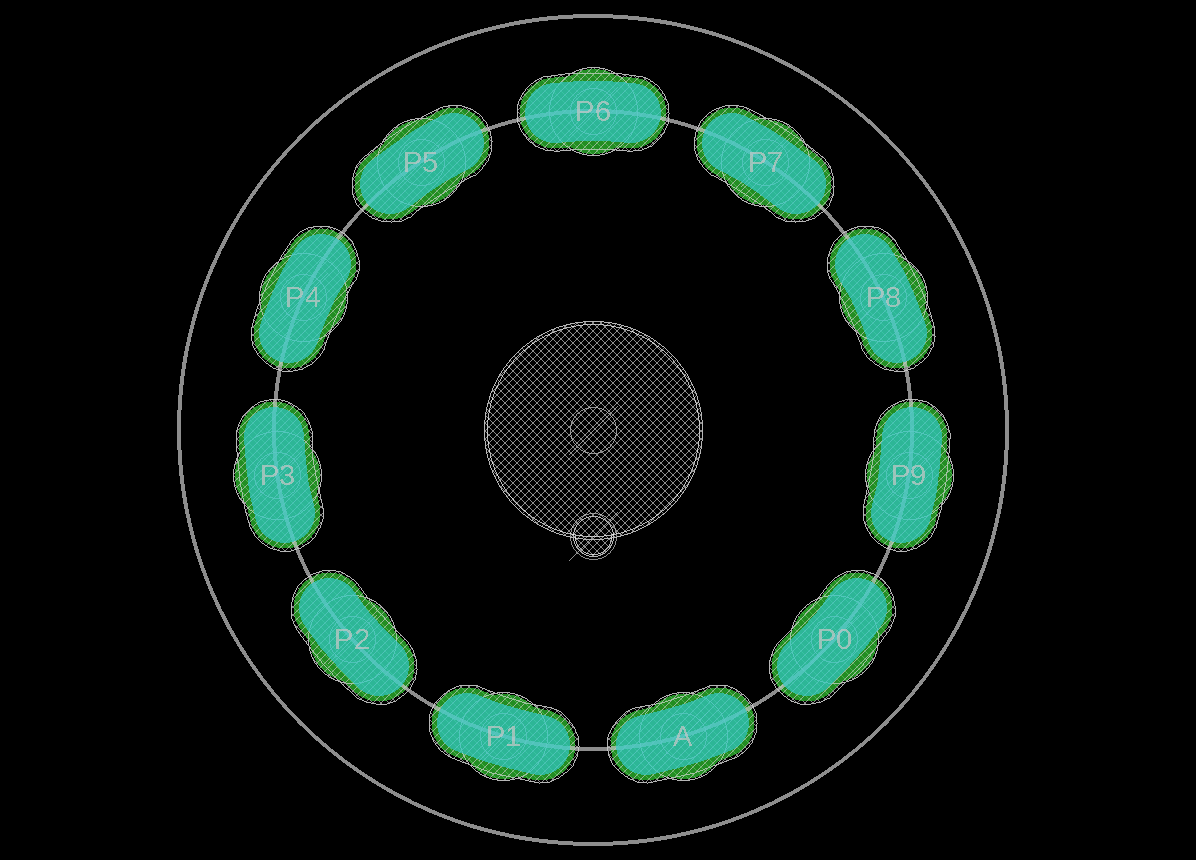
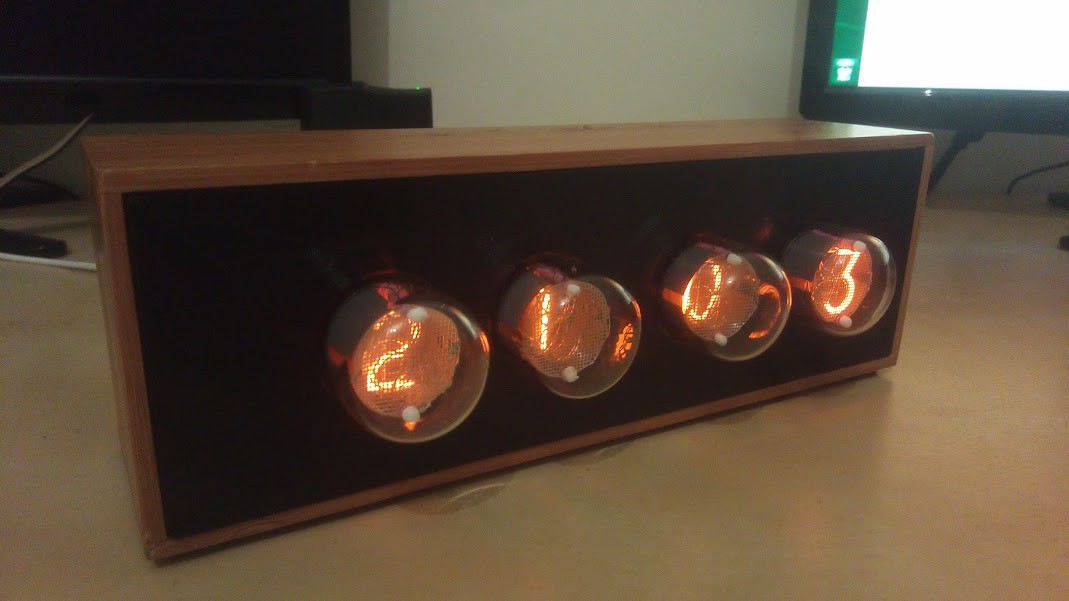
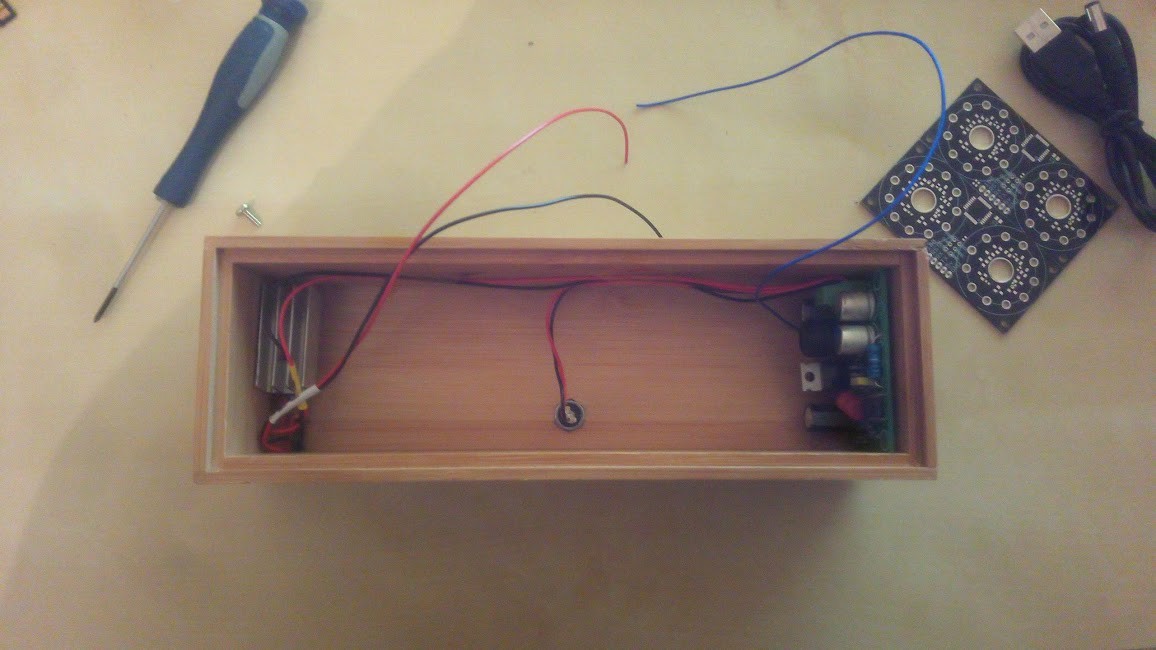
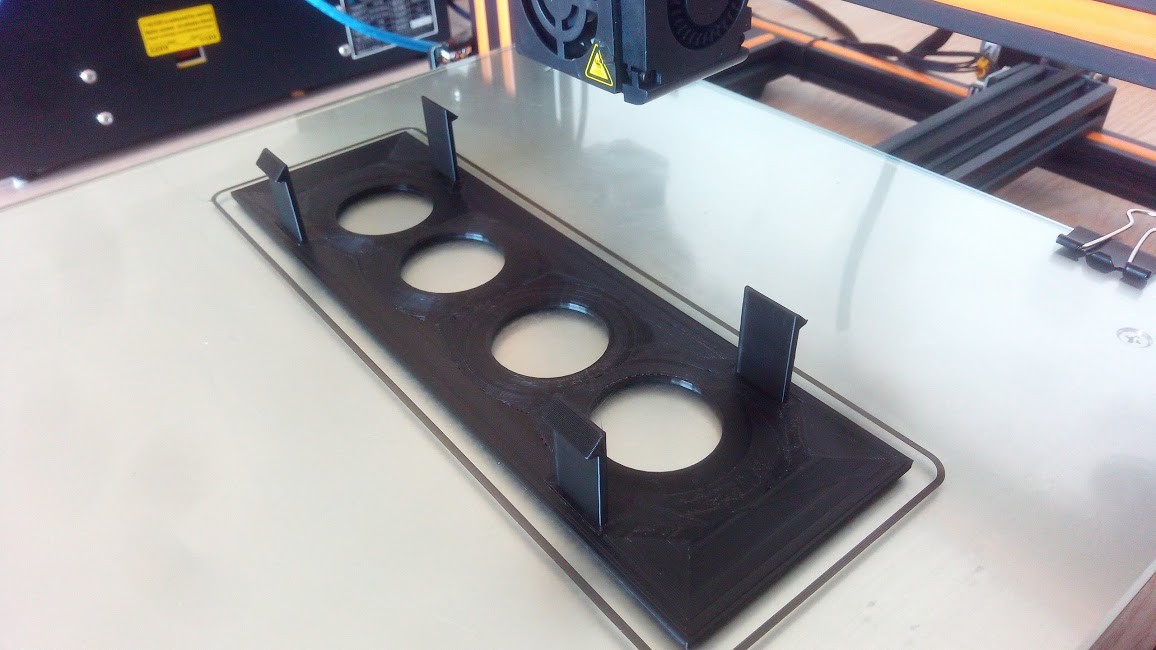




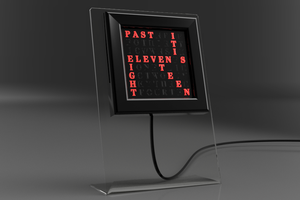
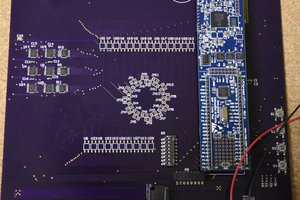
 Bharbour
Bharbour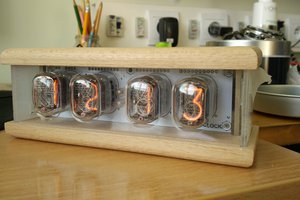
 Andy
Andy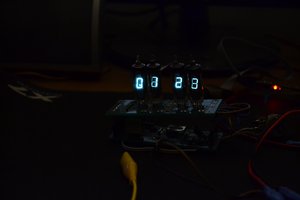
 Litan Virgil
Litan Virgil
You only need to add about a 3 degree draft to the cylinders to make them slide out. That's standard in injection molding. It's also almost undetectable by eye.
Great project!!